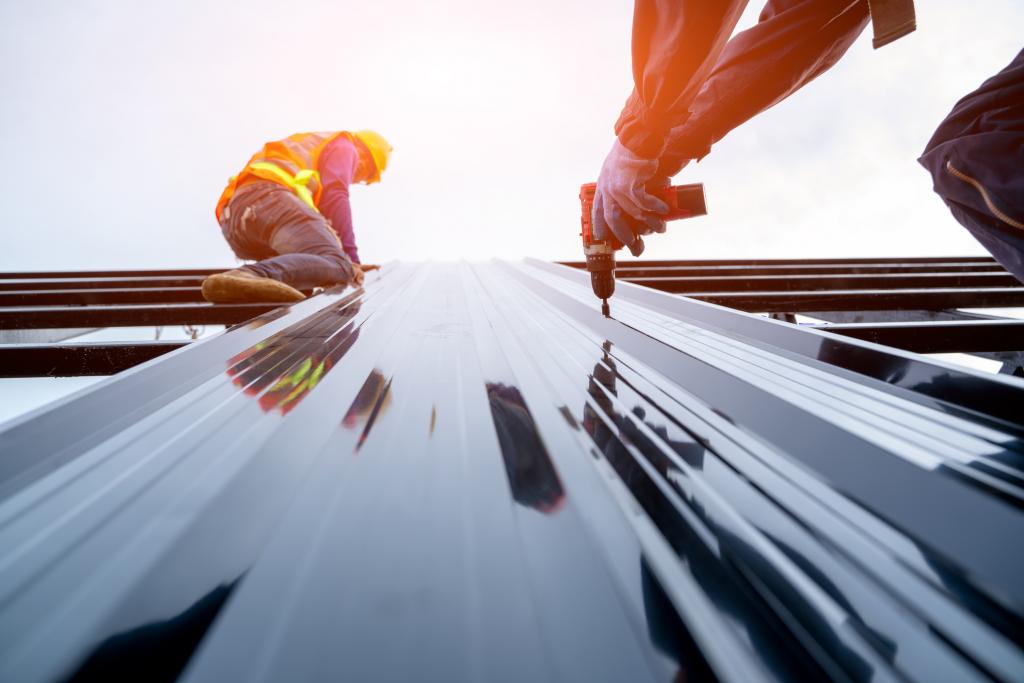
In recent months Michael Gove, the Levelling Up, Housing & Communities Secretary, has unveiled wide measures to help tackle the cladding crisis and make buildings safer.
January 2022 saw the introduction of a new funding scheme for residential buildings 11m – 18m in height
There will be a new scheme to further tackle the cladding crisis. Government funding is already available for buildings over 18m, however, leaseholders in buildings under 18m fall outside the scope of funding and face significant remedial costs, with many unable to sell or re-mortgage their properties.
To solve the funding issue, the Government is now asking developers to:
a) make financial contributions to a voluntary fund to cover the full outstanding cost to remediate unsafe cladding on buildings between 11m and 18m (it is estimated that £4 billion will be required); and
b) fund and undertake all necessary cladding remediation work on buildings over 11m that they have played a role in developing.
Developers have until early March to voluntarily agree to the £4 billion payment plan. If they fail to contribute, the Government has said that it will bring in new laws “forcing them to act”.
Proposed Extension of Limitation Period
The Government has also announced that it will make immediate amendments to the Building Safety Bill to extend the right of leaseholders to challenge those who cause defects for up to 30 years retrospectively. The current limitation period is 6 years. This change would significantly increase the number of leaseholders who would be able to make claims against developers for fire safety defects who otherwise would have been time barred. Further detail in relation to this amendment is awaited.
Changes to EWS1s
The Government also declared that “medium rise buildings are safe, unless there is clear evidence to the contrary” and said there must be far greater use of “sensible mitigations”, like sprinklers and fire alarms over unnecessary and costly remediation. The government has therefore withdrawn, with immediate effect, the Government’s Consolidated Advice Note, which recommends the use of EWS1 forms on all buildings. This will end the situation of buildings being declared unsafe when they are not. New guidance on the use of EWS1 forms is expected within weeks.
On 14 February 2022, Michael Gove proposed the following amendments to the Building Safety Bill
The power for Government to block planning permission and building control sign-off for developers who refuse to take responsibility for their part in the cladding crisis. This will effectively prevent those developers from building and selling new homes.
The ability for building owners and landlords to be able to take legal action against manufacturers of unsafe construction products whose defective products have been used on residential buildings. The power is proposed to stretch back 30 years and allow recovery where costs have already been paid out.
A clause which enshrines into law a commitment that no leaseholder living in their own home, or sub-letting in a building over 11m, will pay a penny for the removal of dangerous cladding.
The requirement for developers that still own a building over 11m that they built or refurbished – or landlords linked to an original developer – to pay in full to fix historic building safety issues in their property. Building owners who are not linked to the developer but can afford to pay in full will also be required to put up the money to do so. Where building owners do not have the resources to pay, leaseholders will be protected by a cap. It is likely that the cap will be set at £10,000 for homes outside London and £15,000 for homes in the capital. This will limit how much leaseholders can be asked to pay for non-cladding costs, including waking watch charges. Any costs paid out by leaseholders over the past 5 years will count towards the cap.
Cost Contribution Orders will be able to be placed on manufacturers who have been successfully prosecuted for unsafe construction products under construction products regulations. These orders will require them to pay a contribution towards the costs of buildings that require remediation.
Conclusion
The proposed measures and changes to the Building Safety Bill, which is currently working its way through parliament, will be welcome news for leaseholders, particularly those in buildings below 18m and those with historic defects. However, cladding is rarely the only problem with these buildings. There are frequently other fire safety issues such as missing fire barriers and timber balconies which still need to be addressed. The recently proposed leaseholder cap will offer some protection to leaseholders. However, it is unclear who will actually pay for essential fire safety repairs in that instance.
The fact that manufacturers of unsafe building products are now being brought into the frame for legal action will be welcome news for building owners/leaseholders where the original developer is no longer in existence. However, it remains to be seen how helpful this will be in practice, as some manufacturers might no longer be in business or could be unable to fund significant repair costs.
The recent amendments are being debated in the House of Lords on 21 February 2022.
Building Safety team
Our designated Building Safety team has been working with developers, leaseholders and management companies in relation to claims for fire safety defects and how to manage these issues. If you are affected by fire safety defects, or would like advice on the issue, please do not hesitate to get in touch to discuss your options.
